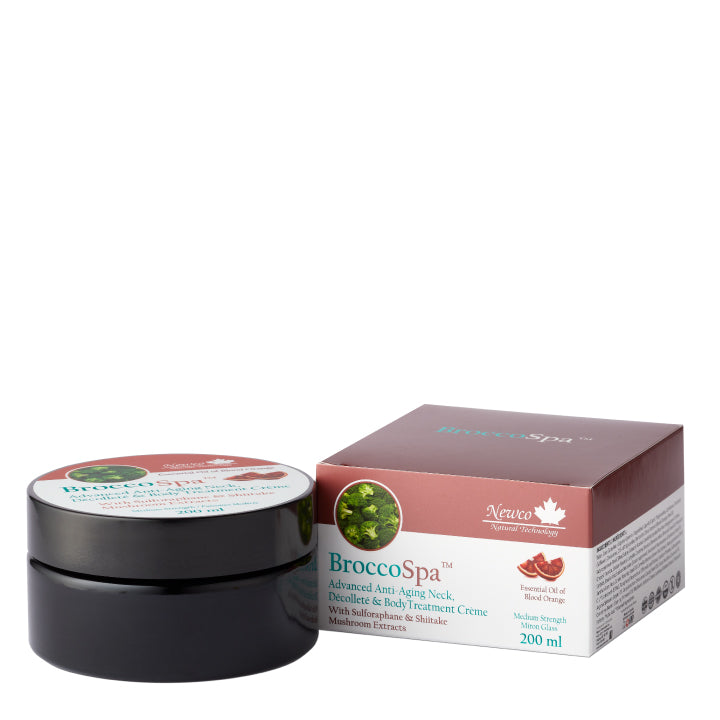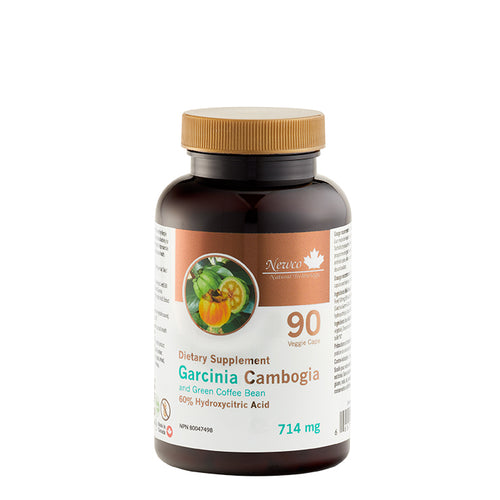![5ON6GCUpV7skJR41wMFfsU] Q: I know I need to eat more vegetables, but I don’t know what to do with many vegetables, especially dark green leafy vegetables, which are supposed to be so packed with nutrients. Can you provide some ideas?
—Michelle N., Dallas
A: Without a doubt, encouraging clients to eat fewer grains and more vegetables is the most common advice I give in my counseling practice. It’s also true that many people who aren’t used to eating many vegetables are intimidated by incorporating dark leafy greens into their diet. But it’s easier than you think.
Eating greens actually is a New Year’s tradition for many people. The custom developed not for health reasons but for financial good luck, because greens resemble money, specifically folding money. In Germany, there’s a tradition of eating green cabbage in the form of sauerkraut or stuffed cabbage leaves on New Year’s Day to bring an abundance of money. Other people who adopted the custom swapped cabbage for other greens that they preferred or that grew in their area. In the American South, many people eat black-eyed peas and greens on New Year’s Day.
Regardless of whether they’ll bring you good luck, greens are nutritional powerhouses filled with vitamins, minerals, and phytonutrients. They are also rich in chlorophyll, which alkalinizes the blood, and fiber, which keeps the colon healthy. The current USDA Food Pyramid recommendation is that adults should consume about 3 cups of dark green vegetables per week, but many nutritional experts think that is much too low.
There are three main categories of dark green leafy vegetables: lettuces, spinach and Swiss chard, and cruciferous leafy greens. Here’s a rundown on how to use them.
1. Lettuces
Dark green lettuces include romaine, green leaf, and butterhead. These nutrient-dense leaves are easily incorporated into the diet by making raw salads. If you’re accustomed to eating salads made of iceberg lettuce, start “greening up” your diet by mixing in one of these darker lettuces, and gradually add more and more dark green lettuce each week.
If you already eat salads made with dark green lettuce, you can boost the nutritional status of your salads by adding nutrient-rich carrots, red onions, cucumbers, and/or other greens such as spinach or kale.
2. Spinach and Swiss Chard
Spinach and Swiss chard are leafy greens in the amaranth family. Both are rich in iron, which is needed to make the hemoglobin that transfers oxygen in the blood from the lungs to the tissues. These leaves are very versatile, you can:
- include them in raw salads;
- chop, season, and sauté them alone or with pieces of poultry or meat;
- or add them to egg scrambles.
Why Are Cruciferous Veggies So Great?
Kale, collard greens, cabbage, bok choy, broccoli, and arugula are cruciferous vegetables that belong to the Brassicaceae family of plants. Cruciferous vegetables are packed with sulfur-containing compounds known as glucosinolates, which have been shown to have cancer-fighting properties. They have also been linked to a long list of health benefits, including increased weight loss and improved heart health.
Cruciferous vegetables are not only low in calories, they’re high in fiber, which promotes satiety and wards off cravings. One study published in PLoS One in 2015 found that each serving of cruciferous vegetables was associated with 0.68 pounds of weight loss over a two-year period.
Despite the health benefits of cruciferous vegetables, the digestion of raw cruciferous vegetables in the intestines releases goitrogens, which can increase the need for iodine, and in excess, can cause damage to the thyroid. If you have thyroid problems, you might want to err on the side of caution and eat only cruciferous vegetables that have been cooked.
3. Arugula

The sharp flavor of this peppery salad green makes it a great standalone option with a vinaigrette dressing. You also can chop and sauté arugula just like spinach. Or steam it on top of cooked eggs.
4. Bok Choy
Nothing says Chinese stir-fry quite as much as adding baby bok choy leaves to a wok with other vegetables and tamari sauce or coconut aminos, then stir-frying until tender. If you buy large bok choy, rip the leaves from the stems, chop the stems in small pieces, stir-fry them first until they’re done, then toss in the leaves.
5. Broccoli
The easiest way to prepare broccoli is to steam it until tender, then top it with butter, coconut or avocado oil, and salt and pepper. Or you can add shredded cheese on top.
6. Cabbage
Stuffed cabbage leaves with meat and rice is a traditional New Year’s meal for some. Or make a Chinese stir-fry with Napa cabbage and bok choy, chicken or meat, garlic, and tamari. Another great way to use green cabbage or green and red cabbage is to make coleslaw. Try it with olive oil, lime juice, cilantro leaves, and avocado in place of mayonnaise.
7. Collard Greens and Kale
The most common way to use collard greens and a variety of different types of kale is to tear the leaves, discard the stems, and sauté the leaves in oil with garlic, salt, and pepper. You also can add a bit of chicken or vegetable stock for extra flavor, and add chicken or beef pieces to turn the side dish into a meal. Or make a nest of sautéed greens, then crack two eggs on top, and cover the eggs to steam them until they’re done to your liking.
The easiest type of kale to use in salads is dinosaur kale, also known as Tuscan or lacinato kale, which is more tender and less bitter than curly kale. Massage a dressing of olive oil, salt, and lemon juice or orange juice into lacinato kale leaves, add some dried cranberries, and allow the greens to macerate on the counter for at least an hour. Mix in chopped orange pieces before serving.
Written by Melissa Diane Smith for Better Nutrition and legally licensed through the Matcha publisher network. Please direct all licensing questions to legal@getmatcha.com.





